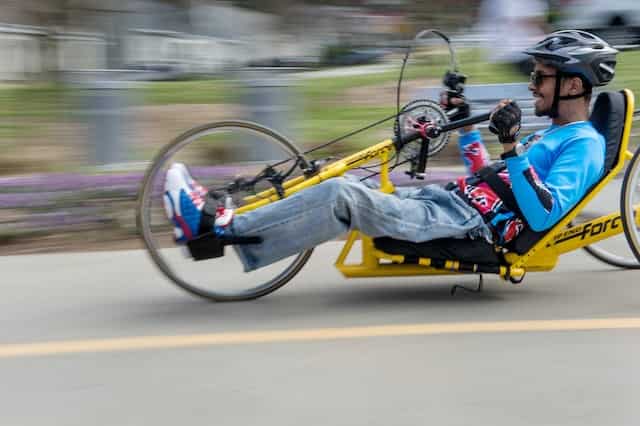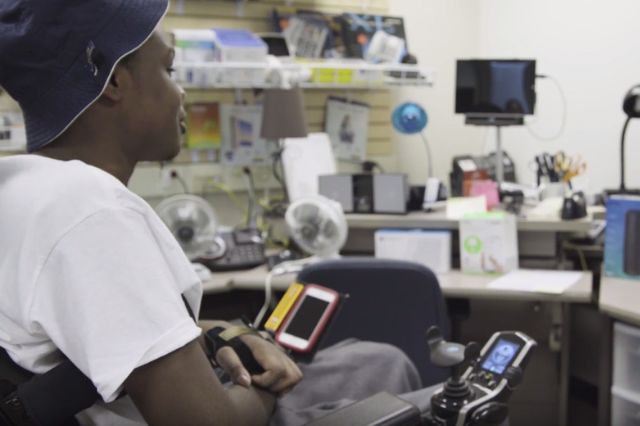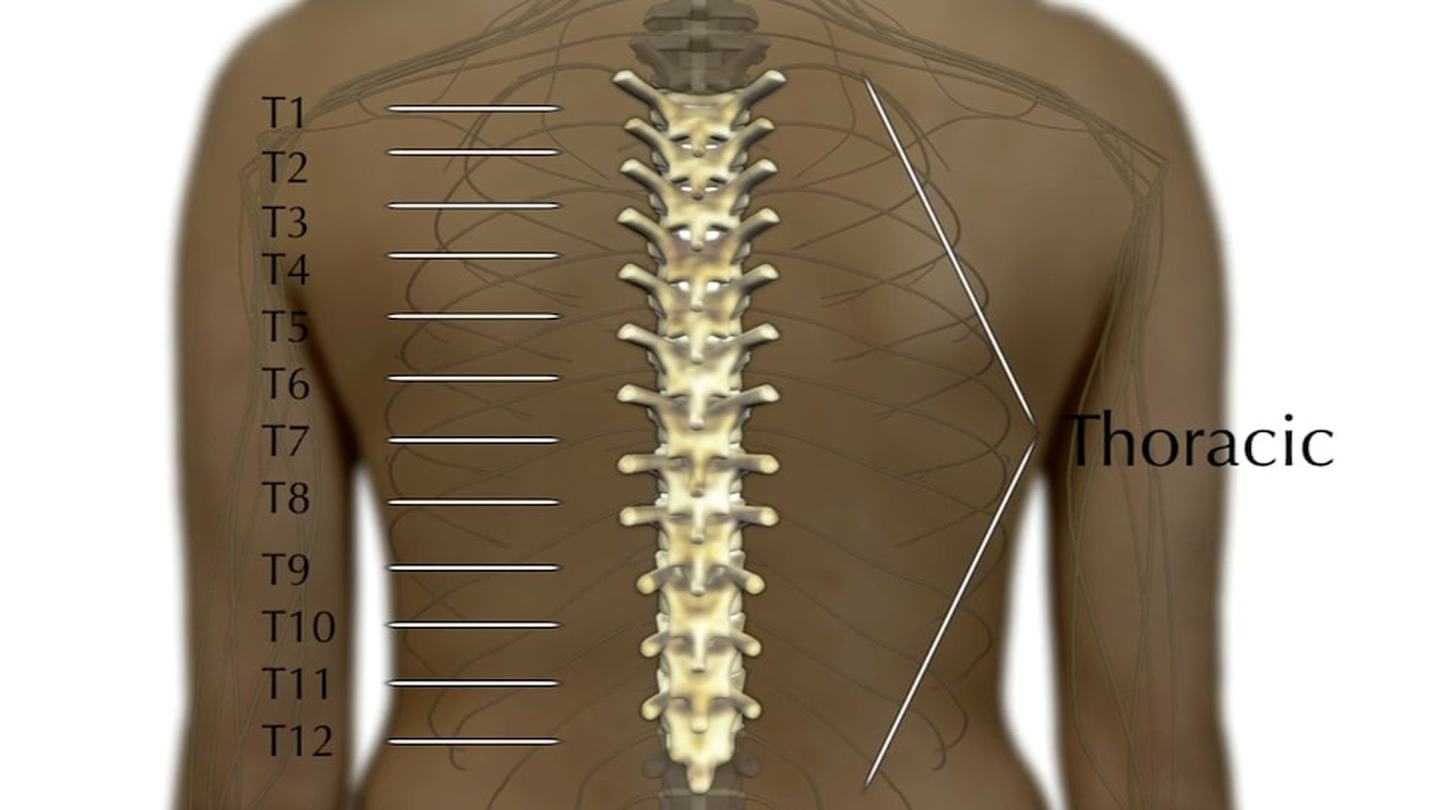Thoracic Spinal Cord Injuries: Symptoms and Recovery

What Is the Thoracic Spinal Cord?
The thoracic spine is located in the upper and middle part of the back. Twelve vertebrae are located in the thoracic spine and are numbered T-1 to T-12. Each number corresponds with the nerves in that section of the spinal cord:
- T-1 through T-5 nerves affect muscles, upper chest, mid-back and abdominal muscles. These nerves and muscles help control the rib cage, lungs, diaphragm and muscles that help you breathe.
- T-6 through T-12 nerves affect abdominal and back muscles. These nerves and muscles are important for balance and posture, and they help you cough or expel foreign matter from your airway.
The thoracic spine is built for stability and helps keep the body upright. It connects the cervical spine, which is located in the neck, and the lumbar spine, which is located in the lower back.
What Are the Symptoms of Thoracic Spine Nerve Damage?
Thoracic spinal cord injury symptoms depend on the type of nerve damage. Spinal pain can radiate into arms, legs or around the rib cage from back toward the anterior chest. The following may be associated with thoracic spine nerve damage:
- Significant leg weakness or loss of sensation
- Loss of feeling in genitals or rectal region
- No control of urine or stool
- Fever and lower back pain
- A fall or injury that caused the pain
What Is a Thoracic Spine Fracture?
A thoracic spine fracture, also called a vertebral compression fracture, happens when a bone in the spine collapses. This occurs most often in the lower vertebrae in the thoracic spine. Most thoracic spine fractures are due to accidents, such as an automobile accident, a fall or sports injury.
Treatment for spinal fractures depends on the type of fracture. Many fractures heal with conservative treatment such as bracing. Acute fractures may require surgery. Rehabilitation is essential to recovery from a thoracic spine fracture.
General Effects of Injury to Thoracic Spinal Cord Nerves – T-1 to T-5
- Injuries usually affect the abdominal and lower back muscles and the legs, typically resulting in paraplegia.
- Arm and hand function is usually normal.
General Effects of Injury to Thoracic Spinal Cord Nerves – T-6 to T-12
- Injury usually results in paraplegia.
- Little or no voluntary control of bowel or bladder but can manage on their own with special equipment.
Thoracic Spinal Cord Nerves and Parts of the Body
Thoracic nerve fibers transmit information between the spinal cord and various parts of the body. Learn more about the 12 thoracic nerve sections and the body parts with which they correspond below.
| Thoracic Nerve Section | Area of Body Affected |
| T-1 | Hands and fingers |
| T-2 to T-5 | Chest muscles |
| T-6 to T-8 | Chest and abdominal muscles |
| T-9 to T-12 | Abdominal muscles |
Thoracic Spinal Cord Injury Prognosis and Recovery
Prognosis and recovery from a thoracic spinal cord injury may differ from patient to patient. The difference is due to the type of injury and the level of severity.
A patient’s health is also a factor in determining the level of independence achieved after an injury. This includes body type, existing medical conditions and other injuries that may have occurred at the time of the spinal cord injury.
Patients with a thoracic spinal cord injury may be able to do the following:
- Have normal arm, hand and upper-body movement
- Use a manual wheelchair
- Learn to drive a modified car
- Stand in a standing frame or walk with braces
Understanding Spinal Cord Injury – Levels of Injury Explained
Learn more about the thoracic spine and the levels of thoracic spinal cord injury from Judy Fortin, a former CNN anchor and medical correspondent.






